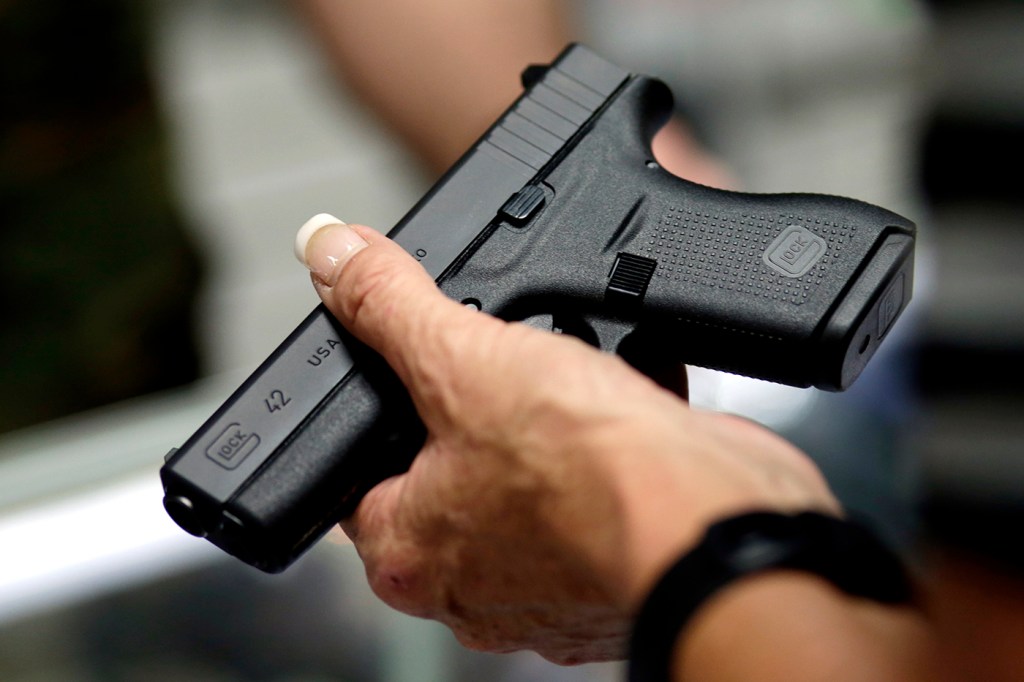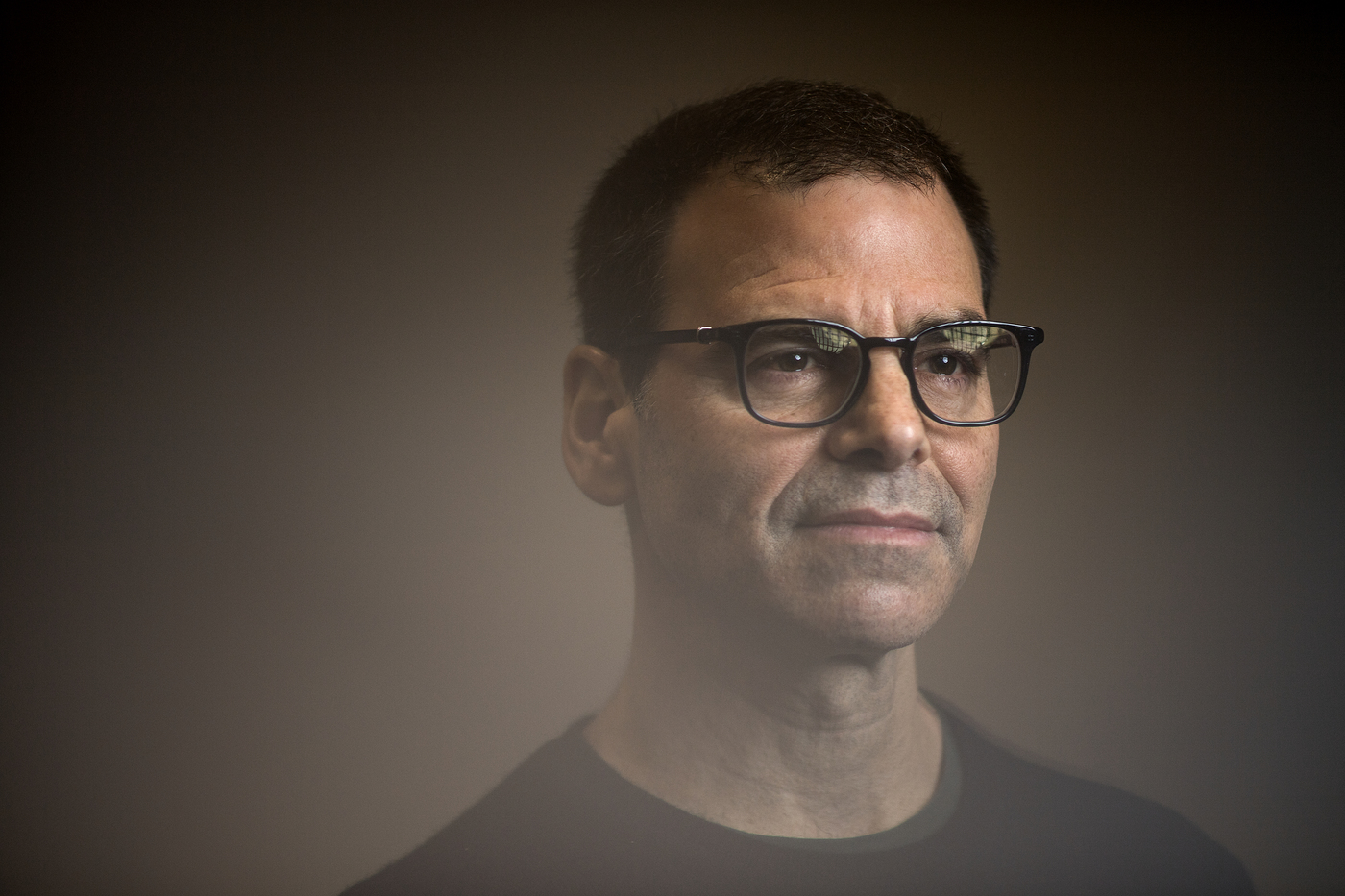Here’s why doctors should talk to their patients about gun safety

Healthcare workers rarely discuss firearm safety with their patients, according to new research by Northeastern professor Matt Miller—who says those kinds of conversations would help reduce deaths from suicide.
A national survey of approximately 4,000 adults who live in households with guns found that fewer than 10 percent of them have ever received gun safety advice from a clinician.
The finding suggests that there is plenty of room to improve the public health approach to gun safety, says Miller, a professor of health sciences and epidemiology who has been researching injury and violence prevention for two decades.

Matt Miller, a professor of health sciences and epidemiology, has been researching injury and violence prevention for two decades. Photo by Matthew Modoono/Northeastern University
Miller’s previous research has shown that people who own a handgun are almost four times more likely to die by suicide than those who don’t have guns. Suicide is the second leading cause of death among people under 35 in the United States.
“Half of those suicides involve firearms. Many could be preventable if guns were not around,” Miller says. “Anticipatory guidance or discussions about guns are not taking place nearly enough.”
The biggest risk of having a gun in the home, Miller says, is that someone will use the gun to kill themselves. But the vast majority of people who keep a gun in the home have never had a discussion about gun safety with a clinician.
“They need to have these conversations, based on another paper that I published a few years ago with the same coauthors, which found that fewer than one in eight gun owners believed that a gun in their home increased the risk of suicide for household members,” Miller says.
Discussions of firearm safety were slightly more prevalent (12 percent) among gun owners who had children in the home; the frequency dropped to only five percent for adults without children.
“When, on the rare occasion these conversations took place, about half of the time the advice offered was to lock all firearms,” says Miller, who was joined by his former Northeastern student, Andrew Conner (now studying medicine at Quinnipiac University), and a Harvard researcher, Deborah Azrael, to analyze data from the online 2019 National Firearms Survey. “About one-third of the time, people talked about storing ammunition separate from the guns. Only 15 percent of the time was the alternative—and most effective—option mentioned: Remove the guns from the household entirely.”
One reason for the reticence in discussing gun safety may be an understandable—but unsubstantiated—concern by healthcare workers that patients will react negatively, based on the politicization of gun ownership in the U.S., Miller says. But he points to research that suggests patients are open to having these conversations with healthcare workers.
Another area of misplaced concern, says Miller, is the idea that guidance from healthcare workers could be interpreted by their patients as an attempt at gun control.
“It’s distinct. There is no overlap,” Miller says. “It’s an alternative approach to gun-control legislation—which is important, because legislation is less likely to affect people’s social practices behind closed doors.”
A discussion with a doctor, nurse, social worker, psychologist, or anyone else in healthcare may help to convince adults to change their behavior in order to make the home safer, Miller says.
“It relies on appealing to people’s sense of what is in their own enlightened self-interest,” Miller says. “Having these talks with a clinician allows patients or their guardians to make more informed decisions about whether to store guns in the home.”
The American Public Health Association, a century-old community for public health professionals with more than 25,000 members worldwide, cites gun violence as “a leading cause of premature death in the U.S.” A national record of more than 43,000 people were killed by gun violence in 2020, according to the Gun Violence Archive, including more than 24,000 people who died by suicide.
“The issue of gun violence is complex and deeply rooted in our culture, which is why we must take a public health approach to ensuring our families and communities are safe,” the American Public Health Association says on its website. “We must place a renewed emphasis on improving gun injury and violence research.”
Miller notes that public safety campaigns have encouraged people to make similar decisions with automobiles—such as using designated drivers to prevent incidents of drunk driving.
“The fact that so many people have guns, and so few people have talked with their clinicians about guns, suggests that we can and should be doing better explaining why it makes sense to make guns inaccessible to anyone who is at risk,” Miller says.
For media inquiries, please contact Shannon Nargi at s.nargi@northeastern.edu or 617-373-5718.






